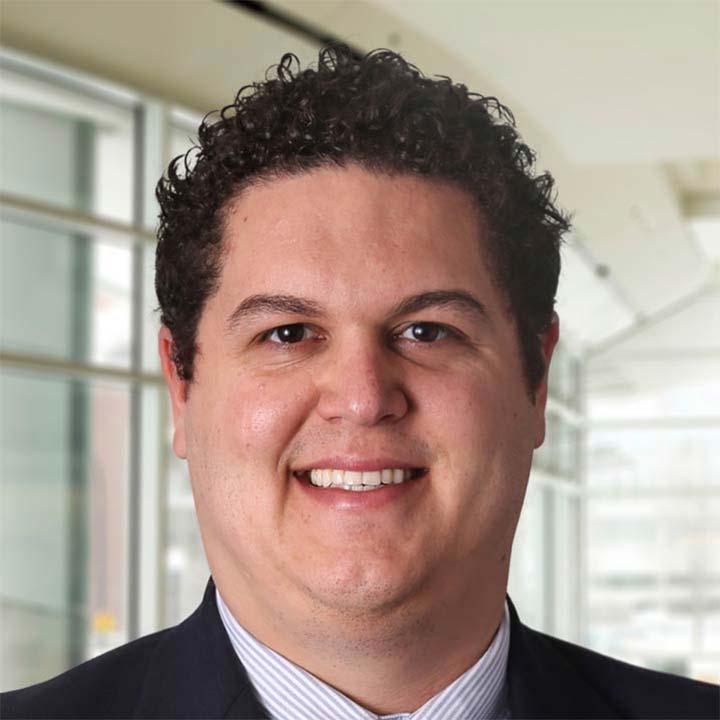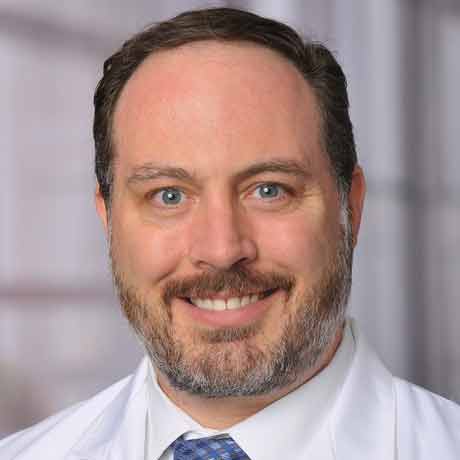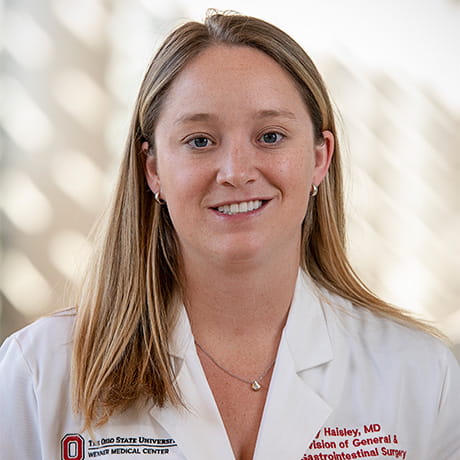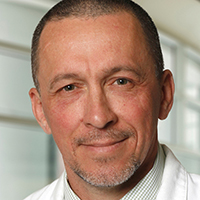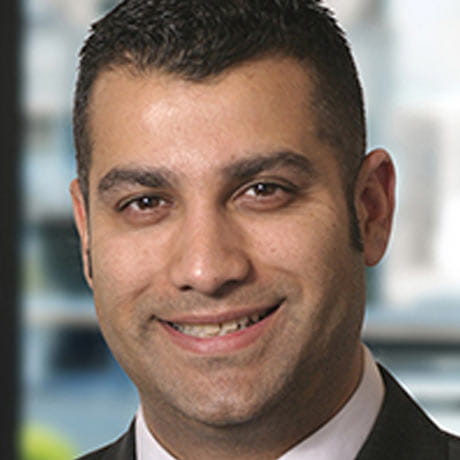An upper endoscopy is also called an EGD. It is done with a narrow, flexible tube that has a camera and lights that goes in through your mouth into the upper digestive tract. It allows your doctor to look into your esophagus, stomach and part of the small intestine called the duodenum. These tests help your doctor diagnose illnesses and make plans for treatment if needed. Some treatments can be performed during your upper endoscopy, such as stretching a narrow spot of your upper gastrointestinal tract.
We may also recommend completing a Bravo™ pH test to determine whether you have acid reflux, or gastroesophageal reflux disease (GERD). This innovation allows us to temporarily attach a small capsule to the wall of your lower esophagus during your upper endoscopy. The capsule measures the pH levels in your esophagus and transmits this data to a small wireless recorder that you’ll wear at your waist. During the 48-hour monitoring period, you’ll be asked to press buttons on the recorder any time you notice GERD-related symptom. You’ll also track daily activities that may impact symptoms, such as eating, drinking and lying down.
Preparation
Detailed preparation instructions will be provided upon scheduling your upper endoscopy, with or without a Bravo pH test.
- You won’t be able to eat anything solid for 8 hours or longer before the test. Follow the specific instructions provided for your individual procedure.
- You may need to stop taking your medications, including blood thinners, acid reducers or other medicines, up to 10 days prior to your test. A detailed list of medications can be found in the instructions provided for your procedure. Follow the specific instructions from your doctors.
- Wear comfortable clothes that are easy to put on and take off.
Remove and leave all jewelry and valuable items at home.
Bring these with you to your test:
- A list of all medicines, including prescription and over-the-counter medicines, and any vitamins or herbal products you’re taking
- A list of your allergies
- A list of medical conditions and previous surgeries
- A copy of advanced directives, such as a living will or power of attorney
- Your photo identification, insurance card and co-payment, if needed
Because of the device material and how it operates, you cannot have the Bravo pH test if you have a nickel allergy or if you have a cardiac pacemaker, defibrillator or Holter monitor. Please call your health care provider to discuss other options.
What to Expect
You will need a ride to and from the test. Please be prompt and come at the arrival time listed on your scheduling letter so we have enough time to get you ready for your procedure.
- Expect to stay 2-4 hours for your test and recovery time.
- The test itself will usually take about 15 minutes.
- After you have registered, you will change into a hospital gown. A nurse will review your medicine list and medical history. An intravenous (IV) line will be placed to give you medicine during the test. Let the nurse know right away if you have had problems having an IV placed in the past.
- When the nurse has you ready, you will be taken to a private room, where your test will be done.
- To protect your privacy, and the privacy of other patients, family members and friends are not permitted in the procedure areas.
- You will be given a consent form to read. The doctor will talk to you and go over the consent form. Ask any questions you have about the test before you sign the form.
- You will be given medicines in your IV to help you relax and sleep. You will usually rest on your left side during the test. Your throat may be sprayed with a numbing medicine.
- The doctor will pass an endoscopy tube through your mouth and into your esophagus, stomach and duodenum for examination.
After the Test
- You will be taken to a recovery area for 30 to 45 minutes.
- You will then change back into your clothes. Before you leave, the doctor will speak with you or your driver if you agree to share the results.
- Plan to take the day off of work and rest at home after the test.
- An adult must drive you home. If you’re taking a cab, bus or medical transportation service after the test, another adult needs to ride with you for your safety.
- The medicine given during the test can cause you to have memory changes and impair your judgment. Until the next day, do not drive a motorized vehicle or operate heavy machinery.
- Do not sign any papers or make any legal decisions.
If you’ve had a capsule attached for a Bravo pH test:
- We’ll make sure the monitoring receiver is securely attached and review monitoring instructions, including which medicines you can continue taking and which you should avoid, as well as what symptoms and activities you should track.
- During the 48-hour monitoring period:
- Continue your regular activities and diet. Eat at least two meals a day and include foods that seem to impact your GERD symptoms if you can do so without too much discomfort.
- Avoid snacking, hard candy, lozenges and chewing gum.
- Try to stay upright during the day, lying down only at bedtime, unless napping is a regular part of your daily routine.
- The receiver is not waterproof, so please remove when bathing.
- This video explains the minimally invasive Bravo reflux testing system and gives detailed instructions about the monitoring period and how to use the recorder.
- The capsule will detach and safely pass through your digestive system in an average of 7-10 days. In rare situations, the capsule may have to be removed manually through an upper endoscopy if it causes significant and persistent chest pain. Contact your doctors for further recommendations when this happens.
- After the monitoring period, you’ll return the receiver and diary using a pre-paid, pre-addressed UPS or USPS box.
Why Ohio State
- The experts at Ohio State are committed to delivering quality and safety in endoscopy. The American Society for Gastrointestinal Endoscopy (ASGE), a leading gastrointestinal medical society, has recognized the endoscopy units at the Ohio State Wexner Medical Center as part of its quality program. We ore one of more than 450 endoscopy units to be granted the recognition since 2009.
- ASGE recognition requires a demonstrated commitment to patient safety and quality in endoscopy. This is validated by the program’s rigorous criteria, which includes following the ASGE guidelines on privileging, quality assurance, endoscope reprocessing, endoscopy staff competency and the Centers for Disease Control (CDC) infection control guidelines.



